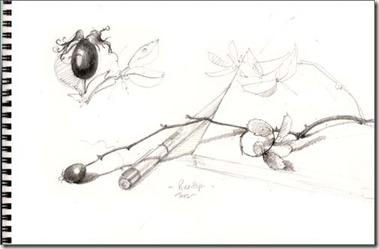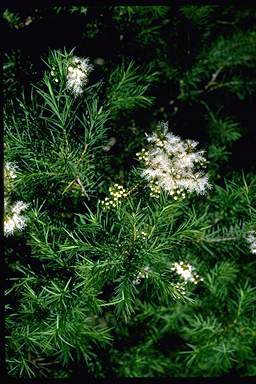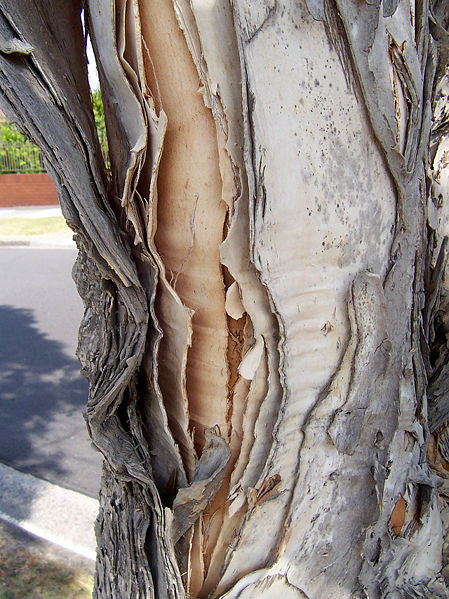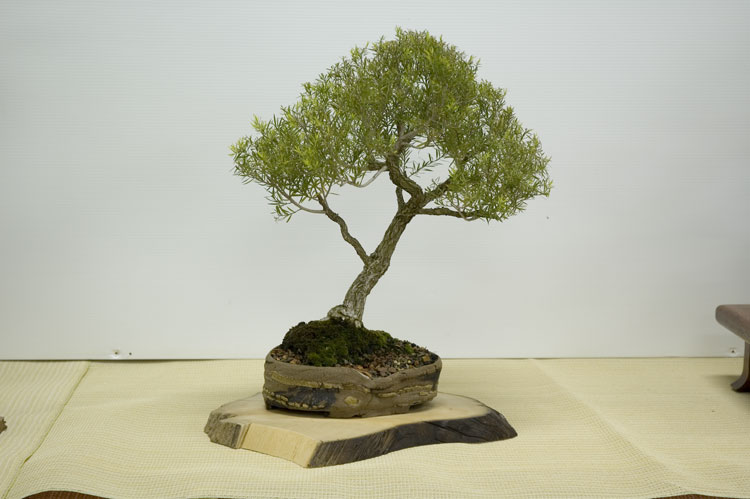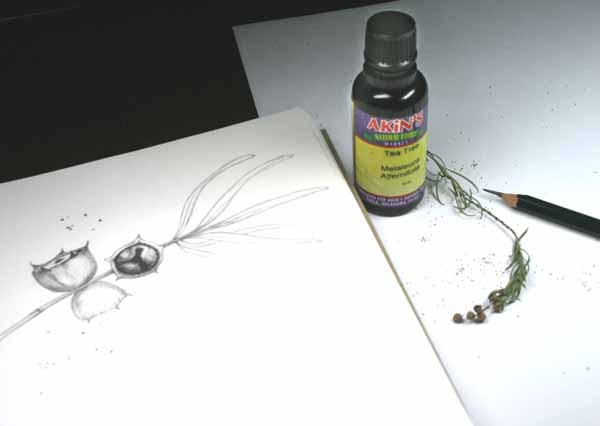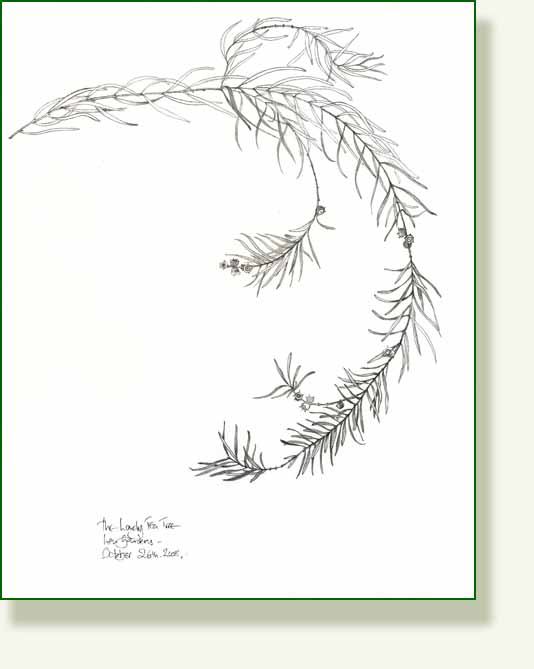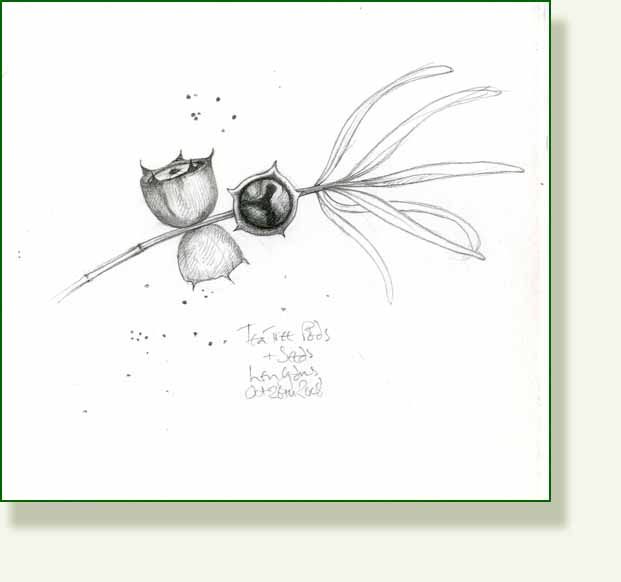A quick sketch of some rose hips. It’s “research” for a nice little job to draw 9 medicinal plants for the labels of a lovely range of herbal products.
The first one is the rose… whose “hips” have been used for many and varied medicinal remedies over the years and are edible too. It seems that Rosa rugosa hips are the preferred ones for eating.
Rose hips are packed with vitamin C and allegedly can help lots of things.. from coughs and colds to rheumatics and digestive problems. So in these frugal times hedgerows can help keep us healthy and the wild rose bushes here are laden with these pretty fruit.
Here is some wartime advice:
ROSEHIP SYRUP The recipe distributed by The British Ministry of Food 1943: ‘The Hedgerow Harvest’
2 pounds (900gm) of hips: Boil 3 pints of boiling water. Mince hips in a course mincer and put immediately into the boiling water. Bring to boil and then place aside for 15 minutes.
Pour into a flannel or linen jelly bag and allow to drip until the bulk of the liquid has come through. Return the residue to the saucepan add 1½ pints of boiling water stir and allow to stand for 10 minutes.
Pour back into the jelly bag and allow to drip. To make sure all the sharp hairs are removed put back the first half cupful of liquid and allow to drip through again.
Put the mixed juice into a clean saucepan and boil down until the juice measures about 1½ pints (852ml) then add 1¼ (560gm) of sugar and boil for a further 5 minutes. Pour into hot sterile bottles and seal at once.
Source: The Hedgerow Harvest, MoF, 1943 via Woman’s Hour.. where else ! 🙂 Another nice old quote, whose provenance I cannot find, says this:
‘Children with great delight eat the berries thereof when they are ripe and make chains and other pretty geegaws of the fruit; cookes and gentlewomen make tarts and suchlike dishes for pleasure.’
This not-so-gentle woman is still contemplating her haul of damsons and windfall apples but thinks this year she really should give rose hips a go! Mother would be proud!
Rose hips from Grafham
I only had to walk a few yards to find bushes laden with hips.
The bushes have a graceful arching habit and ferocious thorns.
Our kitchen window was reflected in the glossy surface ..will report back on syrup progress!

